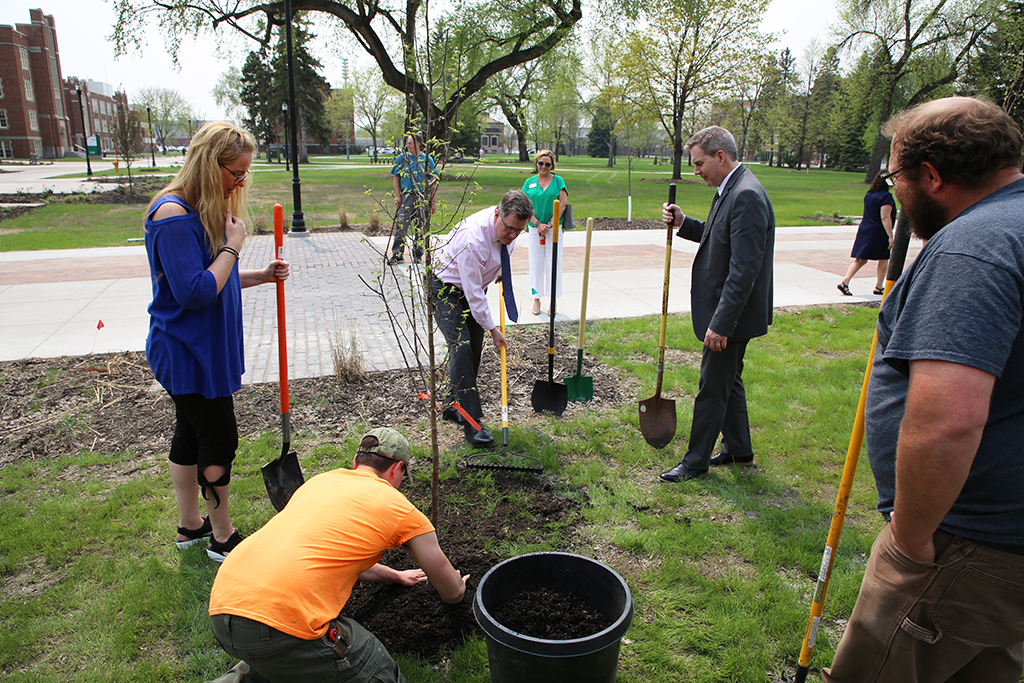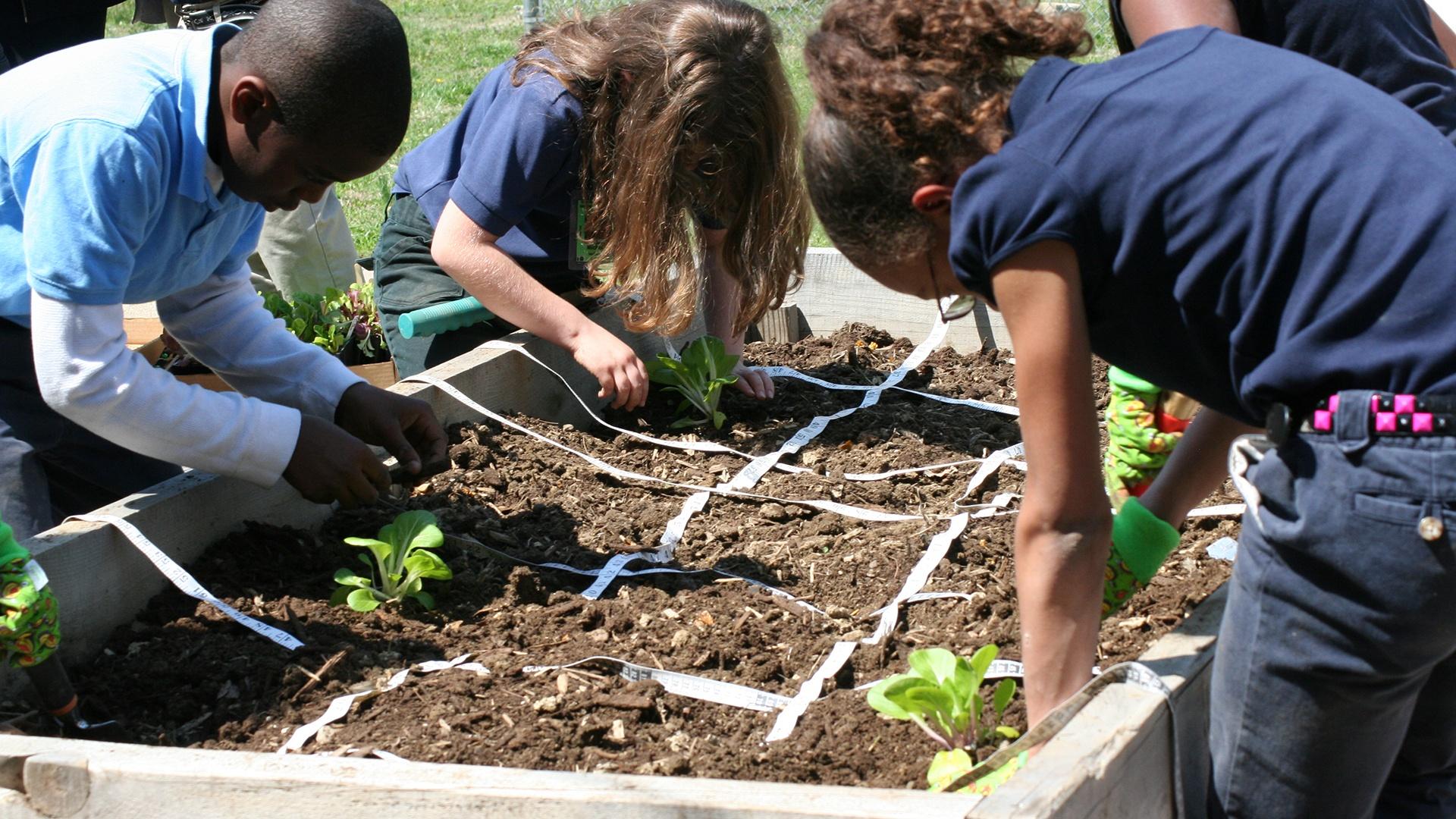
Rooting for the Future: A Deep Dive into Arbor Day Tree Planting Initiatives
Arbor Day, a day dedicated to the planting and celebration of trees, is more than just a date on the calendar; it’s a global movement. It’s a testament to our collective responsibility to nurture the environment and secure a greener future. Tree planting initiatives, particularly those spearheaded during Arbor Day, are critical components of this movement. This article delves deep into the significance of Arbor Day, explores the diverse tree planting initiatives around the world, and highlights the profound impact these efforts have on our planet and its inhabitants. We’ll explore the history, the present, and the future of these vital initiatives, examining their environmental, social, and economic contributions.
A Brief History of Arbor Day: From Nebraska to the World
The story of Arbor Day is a fascinating one, rooted in the fertile lands of Nebraska in the 19th century. In 1872, J. Sterling Morton, a passionate advocate for environmentalism, proposed a day dedicated to planting trees. The state of Nebraska, largely treeless at the time, was struggling with the challenges of a prairie landscape. Morton’s vision was to transform the landscape, providing shade, windbreaks, and resources for the community. The first Arbor Day was a resounding success, with an estimated one million trees planted in Nebraska on that single day. The concept quickly spread, taking root across the United States and eventually around the world. Today, Arbor Day is celebrated in various countries, each with its own unique traditions and dates, but the core message remains the same: to plant trees and promote environmental stewardship.
The Environmental Benefits of Tree Planting
The environmental benefits of tree planting are numerous and far-reaching. Trees are the lungs of the planet, playing a crucial role in mitigating climate change. Through photosynthesis, trees absorb carbon dioxide (CO2), a major greenhouse gas, from the atmosphere and convert it into oxygen. This process helps to regulate the Earth’s climate and reduce the impact of global warming. Beyond carbon sequestration, trees offer a multitude of other environmental advantages:
- Air Quality Improvement: Trees filter pollutants from the air, improving air quality and reducing respiratory problems.
- Soil Conservation: Tree roots help to prevent soil erosion, protecting watersheds and maintaining soil fertility.
- Water Management: Trees play a vital role in the water cycle, absorbing and releasing water, which helps to prevent floods and droughts.
- Habitat Creation: Trees provide habitats for a wide variety of species, including birds, mammals, insects, and other wildlife.
- Biodiversity Enhancement: Planting diverse species of trees can promote biodiversity and create more resilient ecosystems.
The positive impact of trees extends to entire ecosystems, making tree planting a cornerstone of environmental sustainability.
Types of Arbor Day Tree Planting Initiatives
Arbor Day tree planting initiatives take many forms, ranging from local community events to large-scale, global campaigns. Here are some of the most common types:
Community Tree Planting Events
These events are often organized by local governments, schools, and environmental organizations. They provide opportunities for community members to come together, learn about trees, and plant trees in parks, public spaces, and other areas. These events are a great way to build community spirit and raise awareness about the importance of trees.
Corporate Social Responsibility Programs
Many companies participate in Arbor Day by sponsoring tree planting events, donating trees, or supporting environmental organizations. These programs demonstrate a commitment to sustainability and can help to offset the environmental impact of business operations.
School and Educational Programs
Schools play a vital role in educating children about the environment and the importance of trees. Arbor Day provides an excellent opportunity for schools to organize tree planting events, educational workshops, and other activities that promote environmental awareness among students.
Government-Sponsored Initiatives
Governments at all levels often launch Arbor Day initiatives, providing funding, resources, and support for tree planting projects. These initiatives can range from small-scale local projects to large-scale reforestation efforts.
Non-Profit and NGO Campaigns
Numerous non-profit organizations and NGOs are dedicated to environmental conservation and tree planting. These organizations often organize Arbor Day campaigns, raising funds, coordinating volunteers, and implementing tree planting projects around the world.
Global Tree Planting Initiatives: A World of Green
Arbor Day is celebrated worldwide, and the tree planting initiatives are as diverse as the regions they take place in. Here are some examples:
The National Arbor Day Foundation (USA)
The National Arbor Day Foundation is a leading organization dedicated to planting trees and promoting environmental education in the United States. They partner with communities, schools, and corporations to plant trees and provide resources for tree planting projects. Their impact is felt across the nation.
Plant for the Planet (Global)
Plant for the Planet is a global initiative that aims to plant trillions of trees around the world. They organize tree planting events, educate children and young people about climate change, and advocate for environmental protection. The initiative is ambitious and far-reaching, tackling climate change head-on.
The Eden Reforestation Projects (Global)
The Eden Reforestation Projects focuses on restoring forests and providing employment opportunities in developing countries. They plant millions of trees each year, creating sustainable ecosystems and improving the livelihoods of local communities. Their approach combines environmental restoration with economic empowerment.
Local and Regional Initiatives
Across the globe, numerous local and regional initiatives are making a difference. These initiatives often focus on specific ecosystems or address local environmental challenges. Examples include urban forestry projects in cities, reforestation efforts in deforested areas, and mangrove restoration projects in coastal regions.
Choosing the Right Trees for Planting
Selecting the right trees is crucial for the success of any tree planting initiative. Consider the following factors:
- Climate: Choose trees that are well-suited to the local climate conditions, including temperature, rainfall, and sunlight.
- Soil type: Different tree species have different soil requirements. Select trees that can thrive in the local soil conditions.
- Purpose: Consider the purpose of the tree planting project. Are you planting trees for shade, wildlife habitat, or carbon sequestration? Choose tree species that meet your specific goals.
- Native species: Planting native tree species is generally recommended, as they are adapted to the local environment and provide habitat for native wildlife.
- Disease resistance: Select trees that are resistant to common diseases and pests in your area.
By carefully selecting the right trees, you can maximize the positive impact of your tree planting efforts.
The Social and Economic Benefits of Arbor Day Tree Planting
The benefits of Arbor Day initiatives extend beyond the environment, positively impacting society and the economy. Tree planting provides:
Community Building
Tree planting events bring people together, fostering a sense of community and shared purpose. These events provide opportunities for people of all ages and backgrounds to connect, learn from each other, and work towards a common goal.
Improved Public Health
Trees improve air quality, reduce stress, and provide shade, contributing to better public health. Studies have shown that exposure to green spaces can reduce blood pressure and improve mental well-being.
Economic Opportunities
Tree planting initiatives can create jobs in forestry, landscaping, and related industries. They can also boost tourism and provide economic benefits to local communities.
Enhanced Property Values
Trees can enhance the aesthetic appeal of properties and increase their value. Homeowners often appreciate the benefits of having trees on their property, such as shade, privacy, and improved air quality.
Educational Opportunities
Arbor Day tree planting events provide educational opportunities for children and adults, teaching them about the importance of trees, environmental stewardship, and sustainable practices.
Challenges and Solutions in Tree Planting
While tree planting initiatives offer significant benefits, they also face challenges. Here are some common issues and potential solutions:
Funding and Resources
Securing adequate funding and resources is often a challenge for tree planting projects. Solutions include seeking grants, partnering with corporations, and organizing fundraising events.
Land Availability
Finding suitable land for tree planting can be difficult, especially in urban areas. Solutions include working with landowners, utilizing public spaces, and exploring innovative planting techniques, such as vertical forests.
Climate Change Impacts
Climate change can pose challenges to tree planting efforts, as changing weather patterns and extreme events can affect tree survival rates. Solutions include selecting climate-resilient tree species, adapting planting techniques, and implementing water conservation measures.
Pest and Disease Management
Pests and diseases can damage or kill trees, hindering tree planting efforts. Solutions include selecting disease-resistant tree species, implementing pest control measures, and monitoring tree health.
Community Engagement
Engaging the community in tree planting initiatives is crucial for their success. Solutions include organizing public awareness campaigns, involving local residents in planning and implementation, and providing educational opportunities.
How You Can Get Involved in Arbor Day Tree Planting Initiatives
Everyone can contribute to the success of Arbor Day tree planting initiatives. Here are some ways to get involved:
Volunteer
Volunteer at a local tree planting event. Many organizations rely on volunteers to plant trees, maintain planting sites, and spread awareness. Check with local environmental organizations, schools, and community groups for volunteer opportunities.
Donate
Donate to organizations that support tree planting efforts. Your contribution can help fund tree planting projects, provide resources, and support environmental education.
Plant a Tree
Plant a tree in your yard, a community garden, or a public space. Make sure to choose the right tree species for your area and follow proper planting and care guidelines.
Educate Others
Educate your friends, family, and community members about the importance of trees and the benefits of Arbor Day tree planting initiatives. Share information on social media, write letters to elected officials, and participate in discussions about environmental sustainability.
Support Local Businesses
Support local businesses that are committed to sustainability and environmental stewardship. Choose products and services that are environmentally friendly and support companies that are involved in tree planting initiatives.
The Future of Arbor Day and Tree Planting Initiatives
The future of Arbor Day and tree planting initiatives is bright. As awareness of the importance of trees grows, so does the commitment to environmental conservation. We can expect to see:
Increased Collaboration
Greater collaboration between governments, organizations, and individuals will be essential to achieve ambitious tree planting goals.
Technological Advancements
New technologies, such as drone-based planting and precision forestry, will improve the efficiency and effectiveness of tree planting efforts.
Focus on Sustainability
A growing emphasis on sustainable practices, including the use of native species, water conservation, and climate-resilient planting techniques.
Expanded Educational Programs
More educational programs will raise awareness about the importance of trees and inspire the next generation of environmental stewards.
Integration with Urban Planning
Trees will be increasingly integrated into urban planning, creating greener, healthier, and more livable cities.
The continued success of Arbor Day and tree planting initiatives depends on the collective efforts of individuals, communities, and organizations worldwide. By working together, we can create a greener, healthier, and more sustainable future for all.
Conclusion: Planting Seeds for a Greener Tomorrow
Arbor Day tree planting initiatives are a powerful force for positive change. They contribute to environmental sustainability, promote social well-being, and create economic opportunities. By planting trees, we are not only improving the environment but also investing in the future. As we celebrate Arbor Day each year, let us remember the importance of trees and commit to supporting tree planting initiatives around the world. Let’s plant seeds today for a greener, more vibrant tomorrow.


